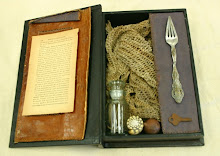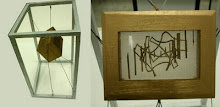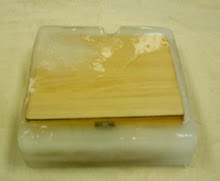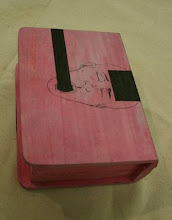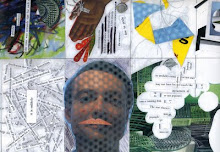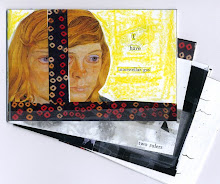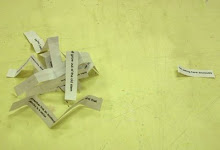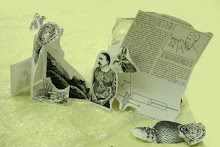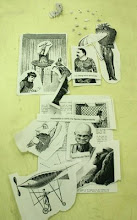Natalie Crane
Amy Geiken
Chris Rasmussen
In this project artist, Lex Aquilina answers how many licks does it take to get to the center of a lollipop.
Fat catGateTruckTrackCrosswalkKids wobbling on their bikesRed tea kettleFake baconMy motherMy speedometerUtility cartA muffin I was eating itPet ownerRichard’s golf cartMy puppy wanting breakfastCement mixerFlower bushesThe sunPower washer
I see forms contained by black lines. Forms that want to expand but are constricted yet defined by the lines. There are colored forms within the colored forms that are not separate but submit to the larger color shape. I see colorful dynamism emerging, evolving, and forming out of the muted earth tones in the background. The black organic lines greatly enhancing the movement and activating the work by giving clear direction. The movement is balanced with moments where your eye drops quickly down a chute but then is caught by a more leveled horizontal wave of a line created by converging shapes. The background has shapes as well, but they are more linear and geometric, more rigid and not as organic and free flowing as the large colorful form that fluidly divides into smaller forms.There is an abruptness to the select color that meets with the black line, clearly defining its form such as the two large red shapes on either side of the paint and a couple in the bottom center. Though there is an abruptness to the black lines, they unify and hold the piece together, almost as if they are keeping the chaos in order.I see the work expanding off the picture plane, its exit being the bottom. There is no black line containing the color and it confidentially touches the edge without leaving any space between the edge and itself. The work is delightfully balanced with both muted and saturated hues. There are good spaces of rest in case your eye get tired or dizzy while trying to follow the avenues of color.
As I read this essay by Walker Percy, I came to realize the high importance and value he places upon mistakes. He uses a few examples in this essay of mistakes or happy accidents, which lead to greater truths. He talks about how he misread a line from Rupert Brooke. He read,The keenImpassioned beauty of a great machine,Percy later realized he was mistaken, and had read unpassioned as impassioned. However, this did not change how he was affected by the poetry and potential truth in what originally inspired him in the misread text. He sees how the readers or viewers are just as important as the writer or creator. The viewing of art, or reading of text is always collaboration between the creator and the audience. Percy realizes in his essay that mistakes allow for the creator to lose total control over their work, and allow the work to take on a life of its own, independent of the creator. These mistakes can reveal larger and deeper truths that the author or artist might not have ever stumbled upon on their own.I have found, many, many times, I both my own practice as well as my experience of other artist’s work that there are always hidden metaphors within a piece. Last semester, I painted a very simple, straightforward self-portrait on a white canvas, devoid of context. Since I finished this piece, it has sat in my garage at home. My family sees it every day, and every time someone mentioned it, they read into this piece a little more, trying to find the meaning within. When I painted this portrait, I intended it to be a simple study of the human form. However, over time, and my friends and family experiencing my portrait over a large span of time, this work has developed a history and is rich with meaning. They see my expression, posture, how I see myself, how they see me, etc. the mistakes that Percy writes about are some of the most wonderful moments in my art making. It takes the pressure off of me, as the artist, and I have learned to have fun with my work, and allow others into my space and process. Collaboration is not just between artists, but it also between the artist(s) and viewers, and the influence of natural human error, misinterpretation, accidents, and everything that doesn’t go “according to plan.”


































































